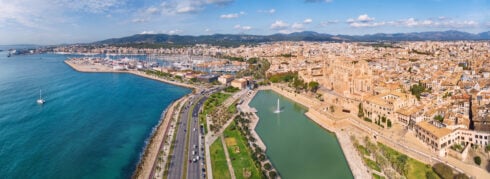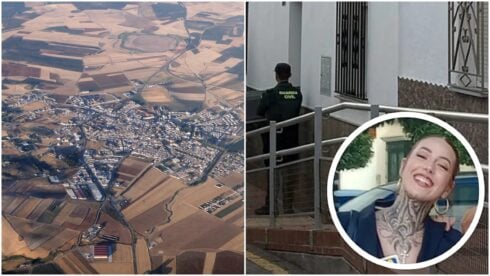A STUDY has revealed Spanish students are getting worse at maths and science, with a big difference between boys and girls.
The world’s second largest educational research, Trends in International Mathematics and Science Study (TIMSS) showed Spanish students between 9-10 years old had maths abilities below the average for developed countries.
The research uses a points scale to measure the abilities of over 400,000 students classifying them as: advanced (625), high (550), intermediate (475) and low (400).

Spain has fallen four points in their rating, scoring just 498. This is equivalent to an intermediate level which starts at 475.
Compared with other developed countries, it is falling behind by 27 points.
Spain is now 35th out of the 58 participating countries, slipping some 100 points behind the top scorer, Singapore (615 points).
In comparison, the lowest ranked was South Africa, with just 362 points.
Meanwhile in science, Spain has fallen even further, with a seven point drop to 504, generating a 22 point gap between other developed countries.
It now occupies the 32nd position in the list, which is again topped by Singapore (607 points) and finished with South Africa (308 points).
Some 10,000 Spanish students took part in the study, revealing a big gender gap in maths and science achievement.
While both were classified as intermediate, boys scored 507 in maths while girls scored 489.
In the last three editions of the research, the gap between boys and girls has grown, but the problem is not contained to Spain.
In Organisation for Economic Co-operation and Development (OECD) countries, boys have gone from scoring six points above girls, to scoring 16 points more.
Meanwhile, the achievement gap in science has shrunk from 10 to two points in Spain as well as the OECD, where it has reduced from five to four points.
However, other studies have shown girls consistently score higher than boys in reading ability.
Within Spain, there are also big differences between regions, with Castilla y Leon leading the way for maths with 522 points, compared to the lowest scorer, the Balearic Islands with 473.
The figures for science are similar, with Asturias leading with 528 points and the Balearic Islands losing with 485.
Spain’s northern regions seem to have better maths and sciences outcomes while islands and southern areas fall behind.
Andalucia, the Canary Islands and the Balearic Islands are near the bottom of both lists.
Click here to read more Spain News from The Olive Press.








